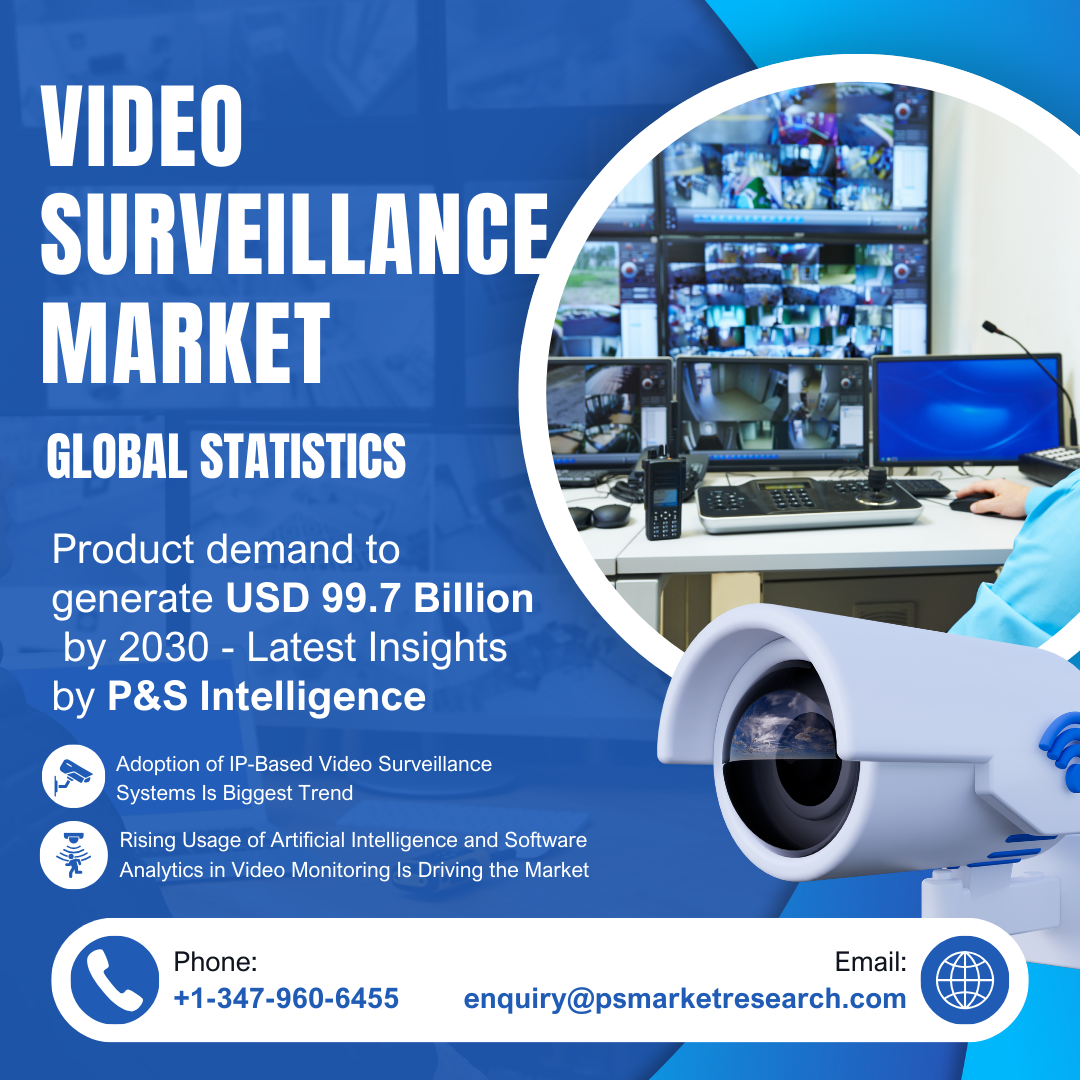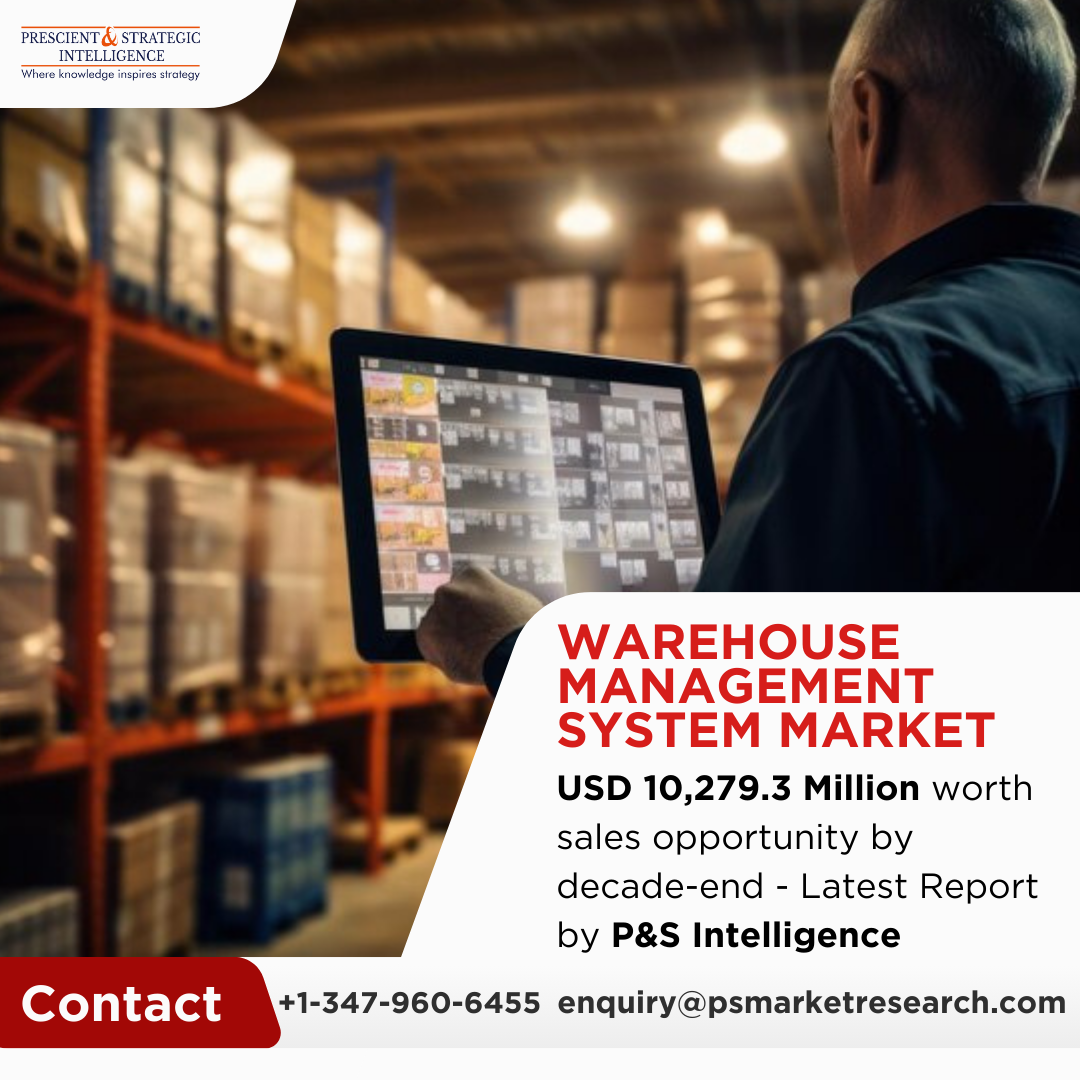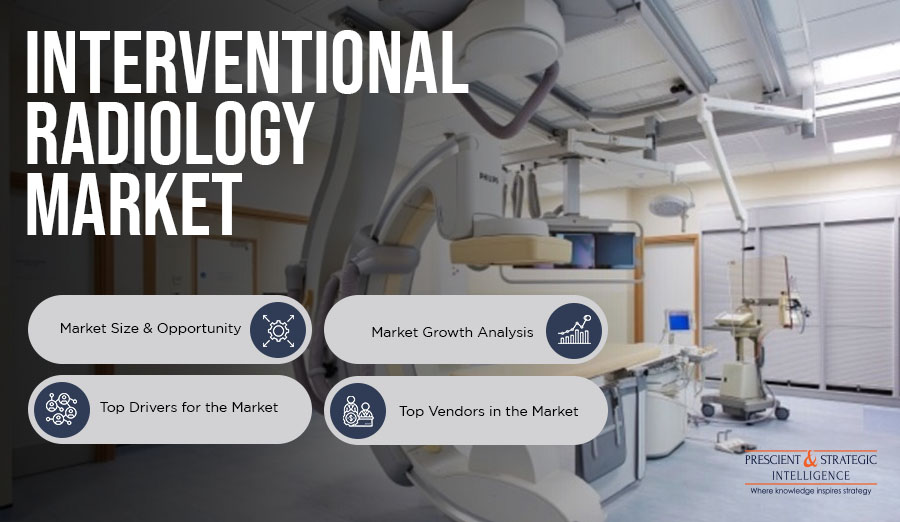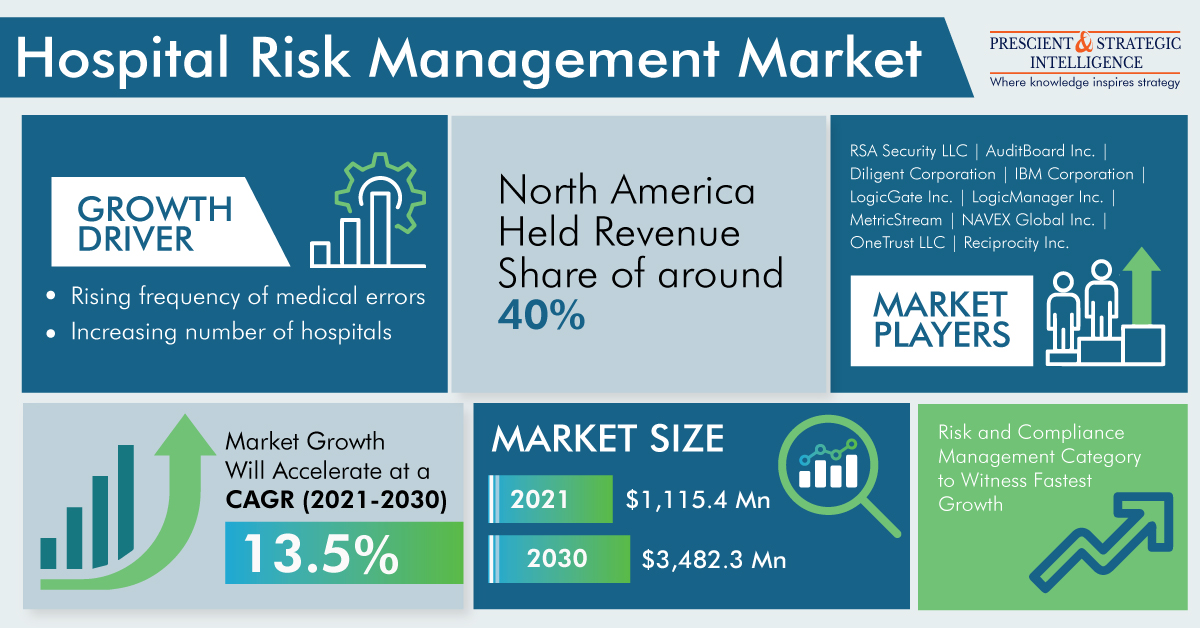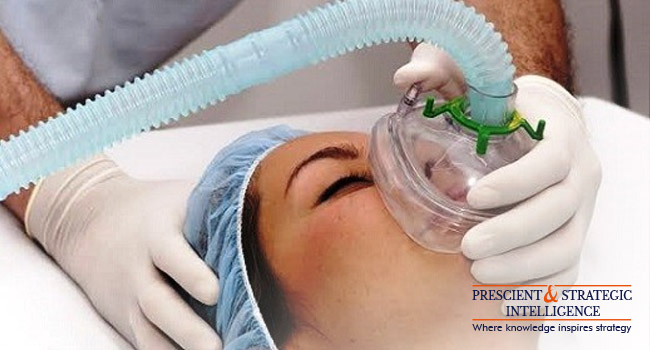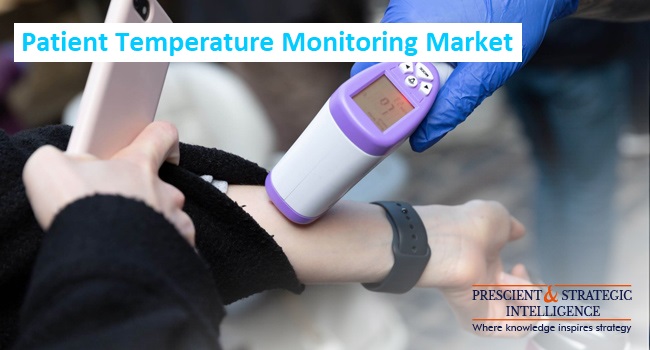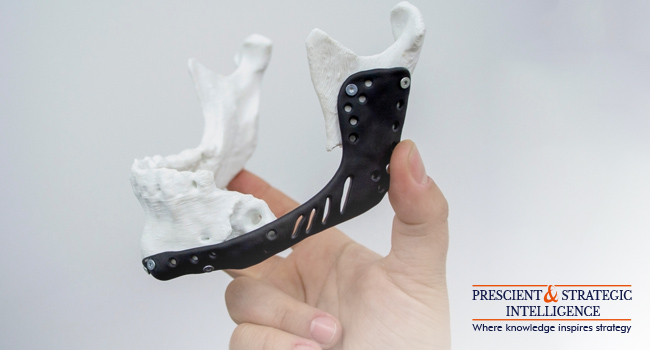The AI in agriculture market, valued at USD 1,643.7 million in 2023, is expected to surge to USD 7,854.1 million by 2030, growing at a CAGR of 25.1%. The adoption of IoT and cloud computing is a key driver of AI demand in agriculture, enabling farmers to manage large amounts of data for better decision-making. IoT sensors are widely used for monitoring factors like crop yields, rainfall, pest levels, and soil nutrition, helping farmers optimize productivity.
The need for advanced agricultural technology is growing worldwide, driven by population increases and the need to improve crop yields. Robotics is also playing a bigger role in agriculture, allowing for more sophisticated and sustainable farming methods. Robotics companies are developing AI-equipped products for dynamic farm environments, helping stakeholders increase output while reducing carbon footprints.
Market Insights North America dominated the AI in agriculture market in 2023, capturing 45% of the market due to strong adoption of advanced technologies for productivity gains. The U.S. is projected to grow at a CAGR of over 25.5% this decade, while APAC is expected to grow the fastest, at 25.9%, due to increased adoption of precision farming, agronomic robots, and drone analytics.
The service sector is projected to grow at a CAGR of 25.3%, driven by demand for managed services that help farmers monitor sensor activities and manage crop health data. Machine learning (ML) led the industry in 2023 with nearly 50% market share, thanks to its widespread adoption in crop and field management. Precision farming held a 40% share in 2023, supported by demand for optimized yield and reduced production costs. Drone analytics is expected to grow the fastest, at over 25.7%, driven by increased investment in drone technology to support quality food production for a rising population.
The AI in agriculture market is highly competitive, with numerous international players vying for market share.


